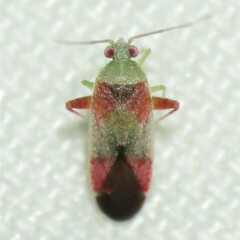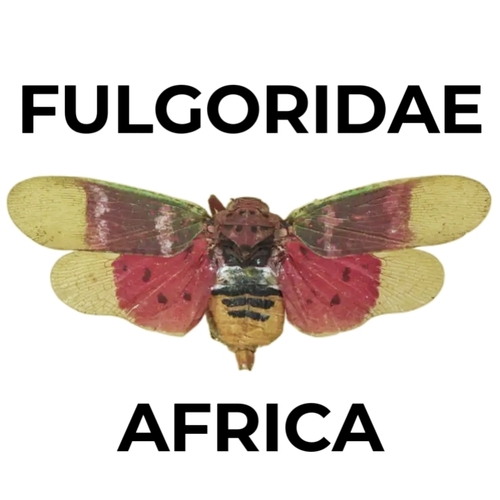Parthenicus are some of the more commonly observed plant bugs in the sonoran desert, and some of the most diverse. They readily come to lights, and I have observed a number of distinct species around Tucson, although attempts to identify most of them have not been successful. I do think it might be useful to present those species here, and maybe we'll be able to apply names to them some day. Knight seperates the genus into 3 groups, but group 2 and 3 aren't particularly distinct from each other in my opinion. I've ordered the species here based on the color of the membrane, which is a fairly consistent character.
1. Parthenicus pictus

A relatively common and easily identified species. Present in Tucson as well as higher elevations in the mountains; its host plant is a mystery.
2. Parthenicus covilleae

A relatively common desert species associated with creosote bush. Another species, P. rufusculus, is very similar, refer to notes on bugguide page for disambiguation. I've never personally seen P. rufusculus but it is also probably in the area.
3. Parthenicus micans

Appears to be an uncommon species, I've encountered it just twice in Tucson.
4. "Parthenicus sp. A"

A yet-unidentifed species which I've encountered just once in Tucson, in May. It is allied to the above two species in having the membrane dark and the antennae unspotted, but the cuneus is distinctly not red and the coreum, clavus, scutellum, pronotum and head are all uniformly pallid.
5. "Parthenicus sp. H"

Another dark-membraned species allied to the above, but with the hind femora mostly pale and with some dark setae along the edge of the clavus.
6. Parthenicus rufivenosus

An uncommon but distinctly colored species, and a species most likely to be confused with other common green mirid genera such as Orthotylus, but note the red veins on the membrane. A few observations on "Acacia"-like plants, which could be the hostplant.
7. Parthenicus deleticus

I'm not positive of this ID, but this is the current interpretation of these attractive mirids with spotted membranes. An uncommon species.
8. "Parthenicus sp. F"

Allied to the above and perhaps conspecific, but with distinctly different pronotum and scutellum, corium heavily marked with dark areas, and antennae segment 2 with numerous conspicuous dark spots. I have seen this species once, on Ambrosia monogyra in October.
9. "Parthenicus sp. B"

A pale species with a pale membrane which is not heavily spotted as it is in the previous 2 species (excluding the two large dark marginal spots). I've seen this species in May in Tucson.
10. "Parthenicus sp. C"

A yellowish species similar to the above which I've observed a few times in Tucson and the surrounding mountains. The marginal spots on the membrane are extremely reduced, especially the first pair.
11. "Parthenicus sp. E"

Whatever this species is, I have also observed it (or a species identical to it) in southern California as well as Tucson. Another pale species with a pale membrane with 2 dark marginal dots, but with the base of the corium and the scutellum darkened, and the apex of the corium and cuneus with red flecks. I feel like this one should be identifiable...
12. "Parthenicus sp. G"

A somewhat common species at lights at low elevations in the santa catalina mountains, also present in Tucson. The second marginal spot on the membrane is very large, such that when the wings are at rest the spot from the left wing and right wing appear to make a single large confluent apical spot. Occasionally I've encountered individuals with the corium more or less covered in tiny red spots but otherwise identical, I am not considering these forms to be a distinct species for now (but you never know with these)
This is just scratching the surface of Tucson Parthenicus, and I've excluded a few species I've seen for various reasons. Undoubtedly this list will grow in the future, but hopefully we can figure out what they are eventually.

















